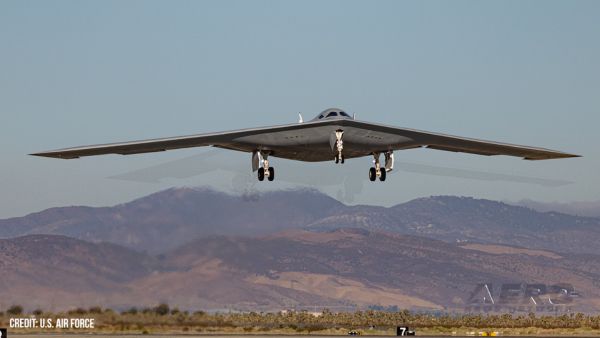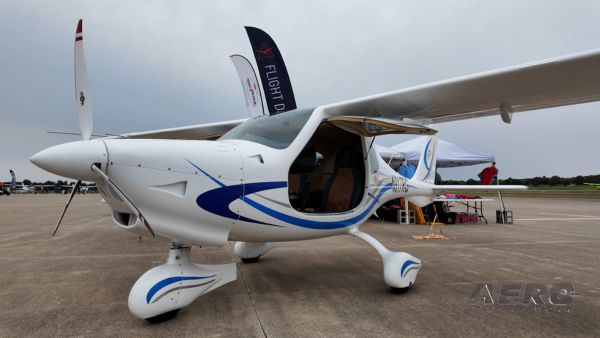AOPA's Boyer Says "It's Only A Start"
Phil Boyer, president of the Aircraft Owners and Pilots
Association, is no stranger to the halls and chambers of
Washington, DC... and he knows a thing or two of what it takes for
meaningful dialogue to take place.
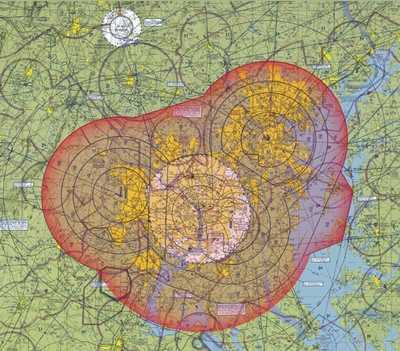
"Once you get people all talking in the same room with the door
closed, it is possible good things can happen," said Boyer,
speaking of the meeting held this week in a Senate hearing room on
the Washington, DC Air Defense Identification Zone (ADIZ). That
meeting was spearheaded by AOPA member and pilot Senator James
Inhofe (R-Okla.).
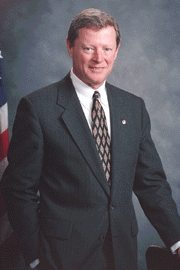 AOPA has held more than
100 individual meetings with the many people, agencies, and
departments that claim ownership to the stringent ADIZ rules -- but
having them together in one place is rare. The pilot advocacy
organization reports the closed-door dialogue was open and frank...
and without the normal posturing for the public and the press.
AOPA has held more than
100 individual meetings with the many people, agencies, and
departments that claim ownership to the stringent ADIZ rules -- but
having them together in one place is rare. The pilot advocacy
organization reports the closed-door dialogue was open and frank...
and without the normal posturing for the public and the press.
"I remain confused and frustrated on why there has been so much
effort focused on restricting GA access to the Washington, DC
airspace with little to no justification for it," stated Inhofe
(right), who called the meeting after a recent plea from Boyer to
assist in the ADIZ stalemate.
Inhofe specifically chided the FAA for failing to submit
congressionally mandated reports justifying the ADIZ and
recommending operational improvements.
"Normally, I am in the role of defending national security
efforts taken by the administration, but the series of decisions
surrounding the ADIZ have me baffled, and I would like you to
explain to me why your actions on the ADIZ are justified," Sen.
Inhofe said to the representatives from the Secret Service,
Department of Homeland Security, Department of Defense, and the
FAA. The EAA's Washington representative was also at the
meeting.
Security officials emphasized their concern about protecting key
people and buildings from aerial attack, but they rely on the
military to do that.
The military said it needs to identify the aircraft and its
intentions, and it needs time and distance to do that.
In fact, the NORAD (North American Aerospace Defense Command)
commander said his radar operators and fighter pilots would prefer
a 150-nautical-mile-radius ADIZ to give them enough time and
distance to identify and react to hostile aircraft. The commander
also referred to a military procedure called "Safe Passage," which
allows secure access to sensitive airspace without radio contact or
flight plans.
"So if you knew the plane, the pilot, and the destination, that
would satisfy you?" Boyer asked. The general agreed that those were
the basics of the military's Safe Passage procedures.
AOPA renewed its idea of corridors using specific transponder
codes for specific airports within the ADIZ. Boyer noted this
concept had been put forth in 2003 and questioned why it seemed new
today. Under this idea, pilots would be "known" (every pilot has
already been vetted by the FAA and the TSA), and the squawk code
would tell the military that it was a small GA airplane headed for
a GA airport inside the ADIZ. Plane, pilot, destination — all
known to the security people without needing restrictive ADIZ
communications and procedures.
"That's the kind of creative and effective solution we should be
trying to find," said Senator Conrad Burns (R-Mont.), chairman of
the Senate aviation subcommittee.
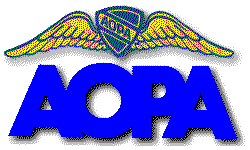 That prompted the FAA
representative to say that there were many solutions like that
within the more the 20,000 pilot comments received so far on the
ADIZ.
That prompted the FAA
representative to say that there were many solutions like that
within the more the 20,000 pilot comments received so far on the
ADIZ.
"So why does it take a proposal to make the ADIZ permanent to
get these ideas flowing -- or at least to get the attention of the
people making the rules?" asked Boyer.
"It was clear that the defense and security agencies are pretty
entrenched on what they want for the ADIZ," said Boyer at the end
of the 90-minute session, "but they were also willing to listen, at
least when called to Capitol Hill by prominent US senators. NORAD's
commander is a GA pilot and AOPA member when he takes off his
general's uniform, so he does understand our concerns."
"We did get everybody talking," said Boyer. "But it's only a
start."
 NTSB Prelim: Lancair NLA-275-FR-C
NTSB Prelim: Lancair NLA-275-FR-C ANN's Daily Aero-Linx (09.12.25)
ANN's Daily Aero-Linx (09.12.25) Aero-News: Quote of the Day (09.12.25)
Aero-News: Quote of the Day (09.12.25) ANN's Daily Aero-Term (09.12.25): North Atlantic High Level Airspace (NAT HLA)
ANN's Daily Aero-Term (09.12.25): North Atlantic High Level Airspace (NAT HLA) Aero-News: Quote of the Day (09.13.25)
Aero-News: Quote of the Day (09.13.25)



